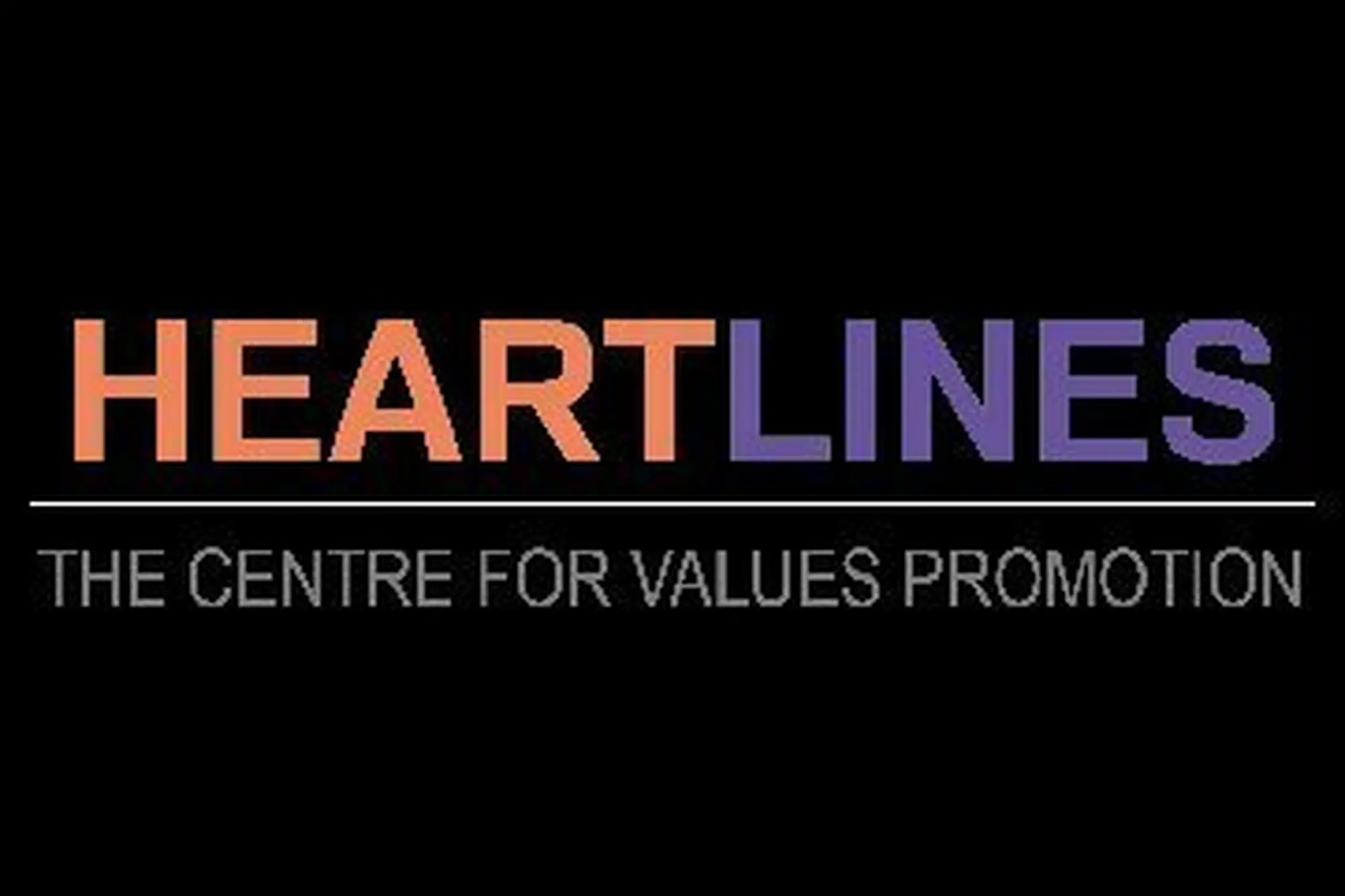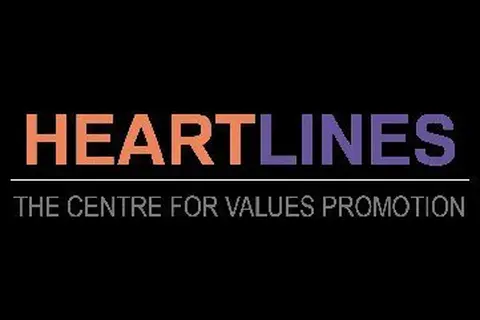The daily reality of raising a child with Haemophilia

My son Ezra was diagnosed with severe haemophilia A just a few days after birth. When he was circumcised and the wound bled for several days. Haemophilia is a genetic bleeding disorder, which I had never heard of before. I was a first-time mom, and dealing with the normal challenges plus the unknown implications of a special needs baby.
I was in severe shock for quite a while. Doctors and nurses at Charlotte Maxeke were so helpful and supportive, but I felt completely lost in a sea of information. Those first few months were a haze of tears.
Getting in touch with other moms and haemophilia patients on our Facebook Support Group opened a world of hope to me. I started getting involved with the South African Haemophilia Foundation, and got involved in the lives of many parents in the same boat as I was.
Haemophilia
Haemophilia boys (it only affects boys) are in danger of external bleeding (due to injuries, or sometimes these happen spontaneously) as well as internal bleeding (like bruises and sprains). Repeated bleeds in a joint can lead to permanent disability.
Raising a special needs child has many challenges. I’m lucky because my son can live a normal life – we just need to take the necessary precautions. These include bi-weekly infusions where I inject him with Factor VIII. Factor VIII is the blood clotting factor his body doesn’t produce. In the beginning, doing this was super scary, but it is now a part of our routine; it doesn’t even faze us.
In fact, Ezra looks forward to this, because it’s the only time he’s allowed to play on my tablet. He sometimes “fakes” an injury so that he can get injected! It can take a while – from preparation and sterilization of the environment, to the actual injecting. The aftercare takes about an hour and a half - and we need to do this twice a week. We have regular slots to do this, but as a working mother with a small baby as well, it can be quite challenging.
We can’t ever just go to a birthday party where there will be activities such as a jumping castle without taking some precautions. I always carry ice packs with me, and if we go further than 2 hours from home, I always pack factor and medical packs for injecting. Although we deal with the realities and practicalities well, Haemophilia is always on my mind.
Daily Life
When something like this affects your daily living, it is natural to want to tell people about it. And this is a good thing. Raising awareness is a personal quest for me – I even had one of Ezra’s bruises tattooed on my arm. This is a great tool – people often ask me what happened to my arm (with shocked faces), and I take this opportunity to tell them about haemophilia. In South Africa the statistics of undiagnosed boys are shocking.
These boys (mostly in rural areas) get many bleeds and end up with critical permanent injuries, which could be easily prevented if the people around them (including medical staff) had known about the disease. This really makes me sad – I wish I could do more to reach out and spread awareness.

We were lucky that Ezra was diagnosed so early. We could give him treatment before he really needed it (babies crawling and walking cause lots of bleeds, and we were able to treat all these before they became problematic). But haemophilia does cast a dark cloud over our lives.
My son sometimes asks why God gave him this. He accepts the answers, but I know there may come a time when he will resent his “being different”. The diagnosis and early days took its toll on our family, and I went through dark days. I do feel like it has also had a positive impact though. My extended family of bleeders I met through the Haemophilia Foundation has really made a positive impact on my life.
Featured
